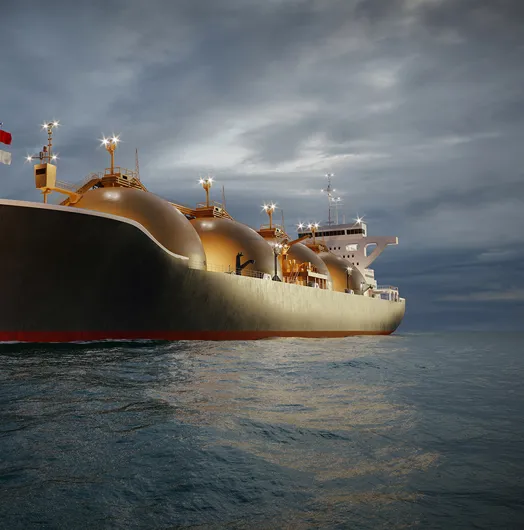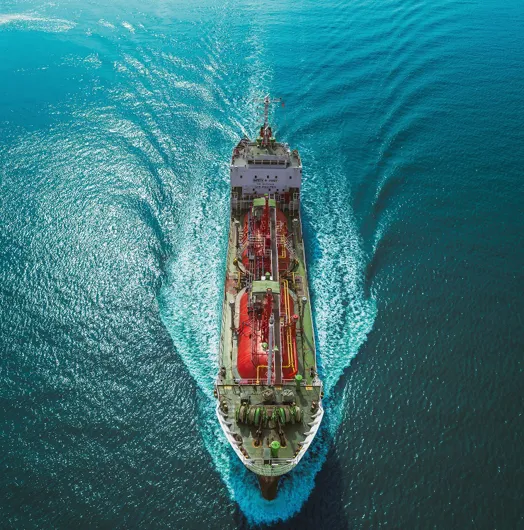At first glance, it appears that ammonia should be enjoying its moment in the spotlight: new production projects are being announced on a regular basis and there is continued strong demand as well as high prices. Plus, the shift towards cleaner production techniques and ‘greener ammonia’ is well underway. Indeed, it is widely acknowledged that ammonia holds a potentially significant position in the drive towards decarbonisation. These factors point towards a bright future for the trade, so why then does ammonia appear to be somewhat overshadowed? And why is the story often more compelling than the fact?
In this article, we investigate some of the common perceptions and misconceptions of the cleaner energy world and offer a realistic appraisal of ammonia and its potential.
The hydrogen hype factor
In the world of cleaner energy, hydrogen has the strongest lobby by far, full stop. This is in spite of some of its less than favourable characteristics, including that hydrogen:
- Does not exist in pure form
- Considerable energy is required to produce it by electrolysis, let alone to try to separate it out of air
- Is the lightest element and so the most stubborn to compress and refrigerate into a liquid form (required to make transportation feasible). With a specific gravity of 0.0708 a large tank volume is required to carry a very small weight of cargo, and this is only partly offset by hydrogen’s greater energy density compared to e.g. methane.
- Requires expensive storage as it does not like to be contained – low density and high diffusivity means that it will leak at the slightest opportunity, and it ignites more readily than other gases.
That’s not to mention the fact that the world’s first (and only) pure hydrogen cargo ship has been a very expensive experiment. That is not to say we are trying to make a case against hydrogen – far from it. We are merely trying to highlight the degree to which the energy world just loves hydrogen.
Ammonia and hydrogen
Ammonia is composed of three hydrogen atoms and one nitrogen atom. Its connection with hydrogen is, therefore, obvious and any project involving ammonia will, by its very nature, provide potential synergies for hydrogen. This also explains why ammonia is often termed a ‘hydrogen carrier’ when looking at ways of moving it over distance by sea. While this is true, it is worth noting that it is not an efficient carrier as ammonia is only capable of holding less than 18% of its weight as hydrogen.
Let us not forget that ammonia demand currently outstrips supply – and it looks set to stay this way for the foreseeable future. Therefore, ammonia will move because it is needed somewhere, rather than because someone wants to use it to carry hydrogen. As things stand today, ammonia does not need hydrogen to forge its future. It can do that all by itself. We believe, therefore, there is no need to constantly elaborate on hydrogen’s potential when reporting on ammonia projects.
Hydrogen’s hypnotic effect on energy
The press is awash with reports of ‘green hydrogen production’ and ‘green hydrogen corridors’ being under development. With the drive to produce hydrogen and move it for use elsewhere nothing short of relentless, one would conclude that if everyone is trying to do it, it must be the right and good thing to do. Why then is it worthy of so much publicity and why do so many reports appear to be lacking in basic detail?
We recently read about projects for synthetic, or e-methane (CH4) produced using renewable energy sources, being used as a carrier for hydrogen. Transported on LNG carriers, it was reported the carbon was being split out at destination, leaving hydrogen to be used as fuel for various processes. The reports went on to suggest that those same LNG carriers would take the carbon back to the point of origin as CO₂, ready to be used again in the e-methane production process, forming a closed energy, zero-carbon loop.
The prospect is clearly interesting on many levels. Yet the common understanding is that existing LNG carriers are not capable of transporting CO₂ – or at least not in an effective manner. These reports therefore raised more questions than they answered – if such press releases were more comprehensive in the first instance, they would be sure to garner heightened credibility.
Don’t let facts spoil a good story
In conclusion, never forget that it pays to research your subject properly. In the world of decarbonisation, if you believe everything you read, you will end up confused at best!




